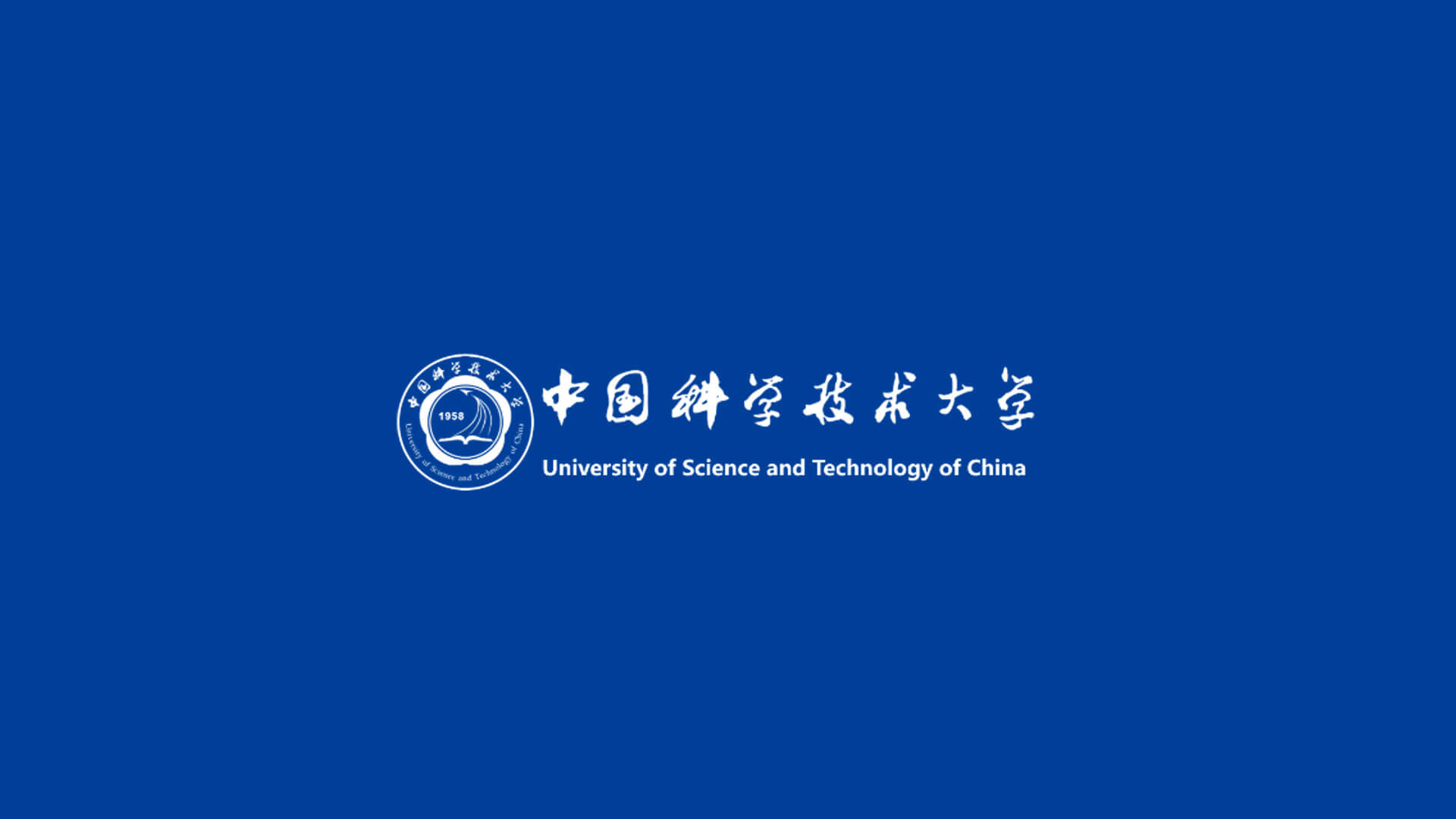Semiconductor devices serve as fundamental building blocks in the development of the contemporary information society. The capability to fabricate intricate patterns with exceptional precision is crucial for producing high-performance semiconductor devices with increasingly advanced functionalities. Photolithography, which involves transferring geometric patterns onto a substrate using light, constitutes a vital step in semiconductor manufacturing. Accounting for over 30% of the total production cost, this process demands highly sophisticated equipment and specialized expertise to achieve the necessary levels of precision and complexity. The relentless pursuit of smaller, more powerful, and energy-efficient devices has driven the continuous advancement of photolithography technologies. Among these, Extreme Ultraviolet (EUV) lithography, capable of patterning features below the 15 nm half-pitch node, has emerged as the most critical and cutting-edge photolithography technology.
Several key research areas and technologies are central to EUV lithography:
EUV Optics and Masks:
In photolithography, light acts as the “graver” that carves patterns, much like in wood engraving. Thus, optical methods fundamentally determine the resolution and efficiency of the lithographic process. In EUV systems, light illuminates a mask to project the desired pattern onto the substrate. Typically, the mask used in scanners is a reflective component. However, in advanced research applications such as interference lithography and holography, transmission masks are also employed. Mask design must comprehensively account for the imaging system, fabrication challenges, material properties, and optical effects to ensure performance and yield.
Photoresist Materials:
The reaction mechanisms in EUV lithography differ significantly from those in Deep Ultraviolet (DUV) lithography, posing unique challenges. Developing advanced photoresist materials that satisfy stringent requirements in terms of sensitivity, line-edge roughness, and defect control remains an ongoing research focus.
Inspection Techniques:
Semiconductors are highly refined structures widely deployed in critical applications such as autonomous vehicles. Defects can lead to severe operational failures and substantial economic losses. Since mask defects directly propagate into structural defects in finished devices, mask and wafer inspection constitute vital aspects of semiconductor manufacturing. Reflective EUV imaging is commonly used for mask defect inspection, while X-ray nanoimaging has emerged as a non-destructive, three-dimensional inspection tool for visualizing the internal structures of semiconductor devices or integrated circuits.
The Hefei Light Source (HLS) and Hefei Advanced Light Facility (HALF), as low-energy domain synchrotron radiation facilities, provide high-brightness EUV light that can significantly contribute to EUV lithography research. These facilities support studies in optical methodologies, photoresist performance, and mask evaluation. Such experiments can be conducted at the Multi-functional Beamline (BL05UA) in HLS, which is also equipped to perform actinic EUV mask defect inspection. The mechanism research of photoresist can be performed at other beamlines of Infrared Spectroscopy and Microscopic Imaging (BL01B), Photoelectron Spectroscopy (BL10B), Resonance Soft X-ray Scattering (BL05UB) and so on. HALF, being a fourth-generation diffraction-limited storage ring light source, generates highly coherent synchrotron radiation covering tender and hard X-ray spectra. Techniques such as X-ray microtomography and the newly developed ptychography are available at the Tender X-ray Spectromicroscopy and Ptychography Beamline (BL09) in HALF, enabling high-resolution three-dimensional imaging of semiconductor chips to study their failure mechanism.


